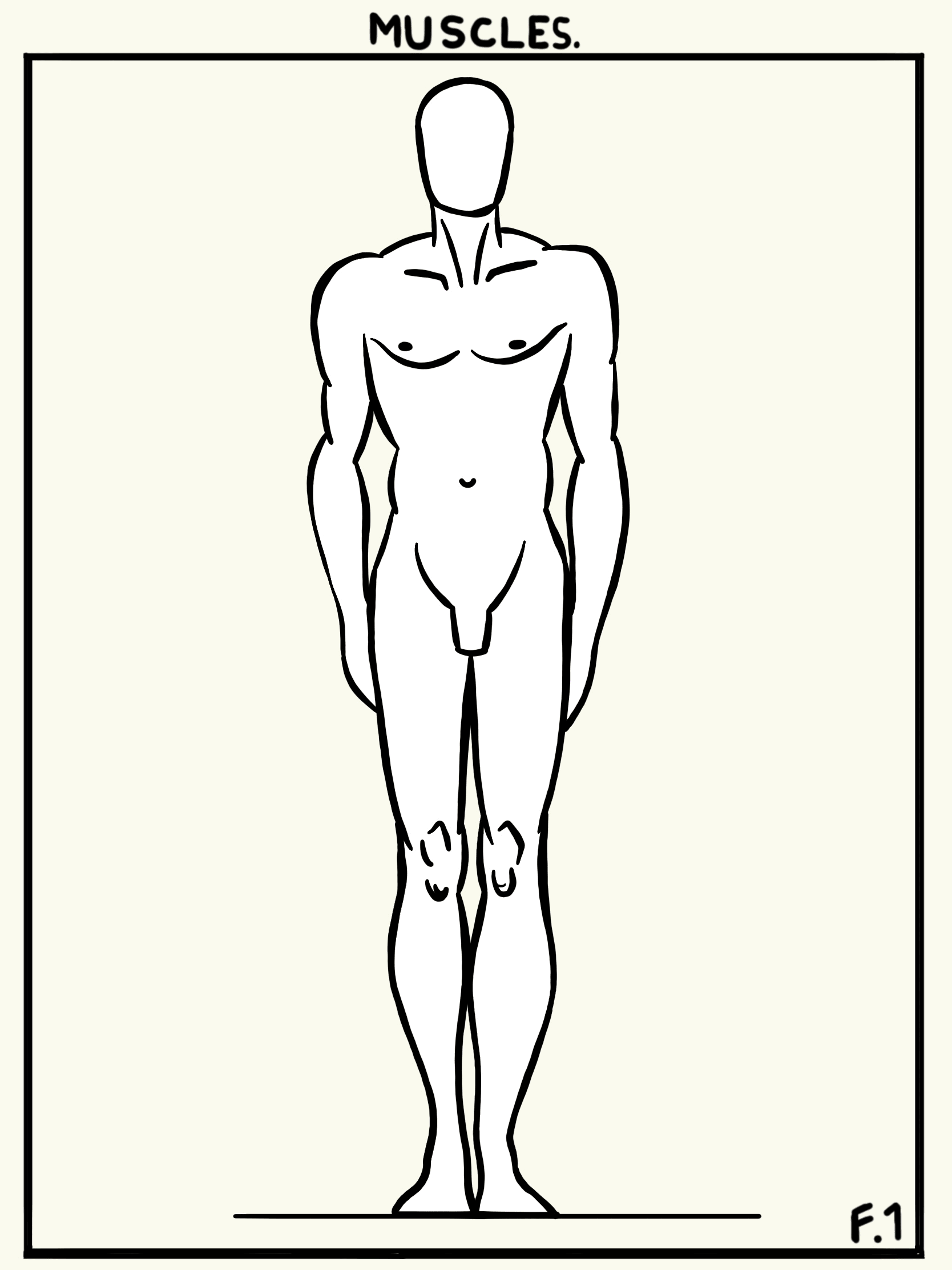The future of exercise could be customized based on your genes, according to a study by ASU and TGen researchers.
Researchers from the University and the Translational Genomics Research Institute took a sample of six men between the ages of 24-30 and had them complete resistance training, as well as aerobic exercise in the form of cycling. Samples from their quadriceps were taken, and researchers used RNA sequencing to examine thousands of unique RNA molecules. The Journal of Applied Physiology published the study in March.
Jared Dickinson, a professor in the ASU College of Health Solutions, and Matt Huentelman, a researcher at TGen, are hoping that their findings can one day be used to target certain RNA expressions by performing tailored exercise routines.
"(RNA sequencing) is just now really starting to cross over into the land of exercise physiology, maybe during the past five, six years, but it's being used more and more often," Huentelman said. "What this technology lets us do is actually to count molecules of a cousin to DNA called RNA. So DNA is your blueprint, and RNA is copies of the instruction manual that can then be utilized to make proteins out in the cell."
Unlike DNA, which is generally constant throughout one’s life, RNA can change based on environmental factors.
The team is aiming to include women and diversify the age range examined as the study expands.
“We realize it needs to go across sexes,” Huentelman said. “We don't just care about young athletes or older athletes. We need to understand how this changes across age.”
The original study was limited because the team was looking at all possible RNA molecules, which number in the thousands. As they refine their research and cut down on costs, the scientists will be able to test a more well-rounded group of subjects.
ASU specialized in handling the subjects for the experiments, while TGen delved into the specifics of the technology.
"We collected the samples, recruited the subjects, ran the exercise component, prepared the tissue and gave (Huentelman) the RNA molecules for the sequencing to count," Dickinson said. "So it (was) really coupling the expertise in exercise physiology and muscle tissue biology from ASU, with the sequencing and informatics expertise from TGen."
Chad Carroll, now employed at Purdue University, ran many of the exercise trials out of Midwestern University’s Glendale campus, along with Donald Curtis a doctor at Midwestern. Other contributors included Andrew D'Lugos, an ASU grad student at the time, and Marcus Naymik, Ashley Siniard and Amanda Wolfe from TGen.
"It's a very nice collaboration because each of us can stay doing our strengths, but together, we can do a much better study than if we had just done it apart," Huentelman said.
In particular, TGen and ASU are looking to see how this technology could be applied in a medical sense for populations suffering from muscle loss, such as the elderly or those with muscle deterioration.
“We're still trying to figure out what those molecules are that may lead to loss of muscle tissue with aging,” Dickinson said. “If those are being diminished in aging muscle or diseased muscle, but they're enhanced with this specific type of exercise, we can ... figure out what the best exercise strategy is to alleviate muscle loss or to improve muscle function in disease populations.”
TGen has been studying this field, called precision medicine, to provide customized care for patients, with the hopes of achieving more effective results.
“If you're sick, let's target your specific sickness as best we can with the molecular understanding of what's going on,” Huentelman said. “But there really is no barrier to taking that same type of approach in healthy people and understanding what exercise might benefit them the best.”
Mike van Arsdale, a former MMA fighter and current personal trainer at MVA Performance, said it is important to take the client’s lifestyle and personal fitness level into account to customize workouts today.
van Arsdale trains multiple division one athletes and said this type of technology, though far away, could streamline the process for a more efficient training regimen for his clients.
"You just have to interview your client, you know, to find out who they are, what they've been doing, what kind of experience you have ... not just in sport but just in life," van Arsdale said.
He said he would be open to receiving additional help and input from molecular services in the future, if the technology becomes accessible and available.
For now, the results are in their early stages. And the costs to use new technology are a challenge facing the researchers as they move forward.
“I think that our big obstacles now are in front of us because we want to make this a much larger part of what we do,” Huentelman said. “And so we need to go find some grant funding.”
Huentelman estimated that this technology could become part of everyday practice in the next ten years, and he expects prices to drop down to $100 per individual.
“Any exercise is going to be beneficial for everybody, but are there particular types of exercise which might give you the biggest health benefit that that's actually a really intriguing question,” Huentelman said. “It's neat to think that someday maybe I might know exactly what I should be doing to get the biggest bang for my buck.”
Reach the reporter at sabine.galvis@asu.edu or follow @sabinegalvis on Twitter.
Like The State Press on Facebook and follow @statepress on Twitter.





